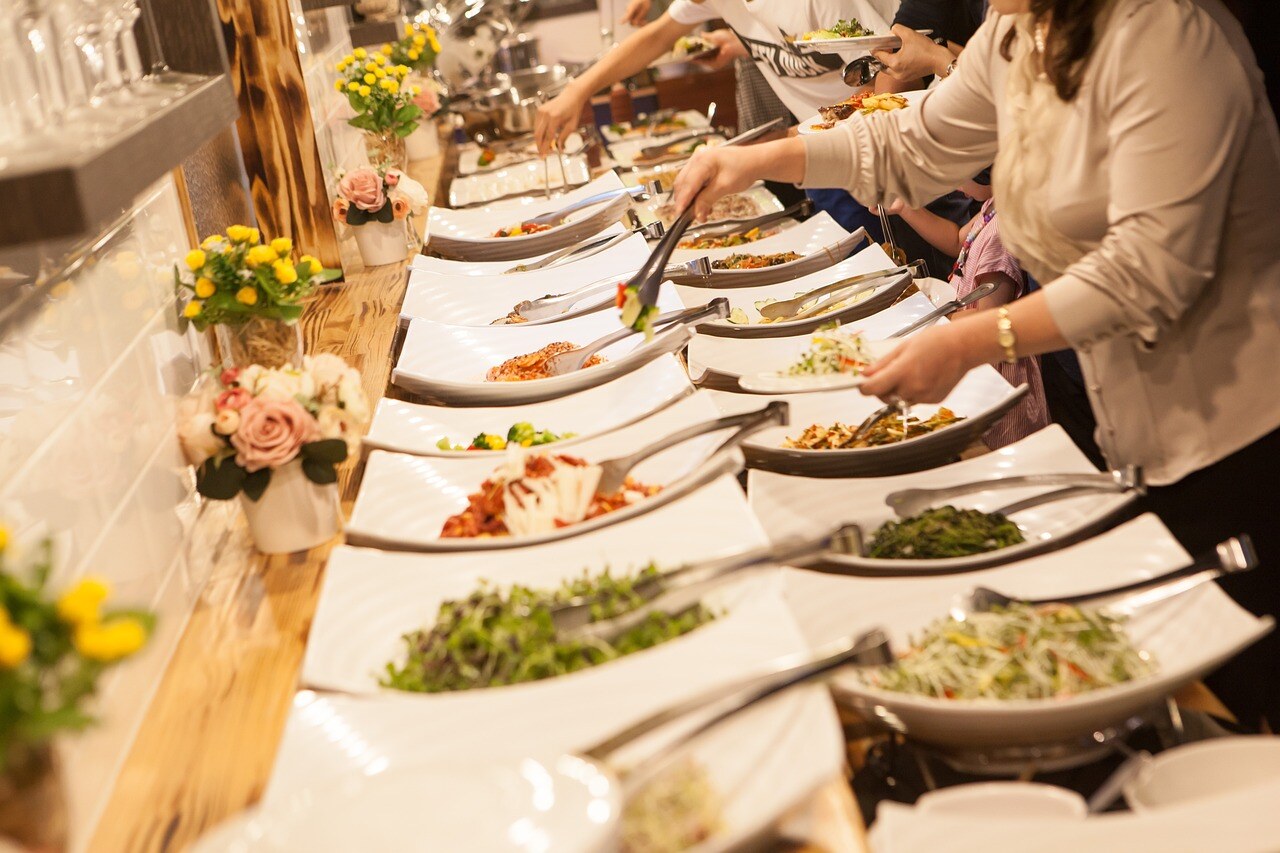Tips For Waste Management During Your Event
Events can generate massive waste, learn how to turn the tide.
Why It Matters
Because they host hundreds or even thousands of people for short periods, events can give rise to considerable quantities of waste that may pollute the places that receive them and generate negative impacts on natural resources (water tables and aquifers, arable land, etc.) and therefore on the health and well-being of local populations.
Music festivals are the most visible part of it, some of them can produce tons of waste in a few days, including clothing, sleeping bags, tents, cans and plastic bottles, scrap metal, etc. But participants are not the only source of waste, and corporate & private events are also to be managed properly to prevent & reduce waste production.
It is indeed still rare that private events offer a proper sorting centre allowing for measuring & recycling waste. However, waste management and selective sorting are essential steps in a circularity approach. They enable the reuse and subsequent recycling of resources and materials to be optimized.
A cross-functional stake
Waste can be produced at every stage of the production process. This is why this subject comes back to every category of event production. My Impact Tool offers a series of subject-related sheets (food, signage, etc.) for event designers and organizers, to help them adopt circular, sustainable approaches.
Event organizers can help to reverse the trend by integrating responses that help to preserve and even regenerate resources.
4 main attitudes:
1. Choose your materials wisely.Even when properly sorted, not all goods and products can be recycled properly. Indeed, some products that combine multiple materials (advertising packaging, aluminum, plastic, cardboard, etc.) cannot be recycled and therefore end up being incinerated with particularly harmful consequences for the environment and our health. The choice of eco-designed goods or products therefore has a major impact on the reuse and/or recycling of their components or materials.
2. Think localUltimately, it should be noted that the circular approach aims to process waste resources within the shortest possible geographical radius, taking into account the complexity of processing and the opportunities available.
While organic waste can be easily decomposed locally (via composting, for example), waste that falls into the "non-recyclable/non-compostable" category requires a more substantial infrastructure to be processed. It is sometimes exported abroad (China, Indonesia, etc.), with very harmful consequences for the ecosystems and health of local populations.
3. Organize waste collection in advance
The motivation, awareness, and involvement of teams are crucial to organizing your waste collection.
Manage the flow of resources through smooth and efficient processes, aiming to make the collection and sorting process as easy as possible for the team, participants, and partners.
- It starts with optimizing the sorting of waste into homogeneous categories (at least 4: compostable, paper and cardboard, PMC, and others)
- Think about the flows at all stages - assembly/event/dismantling and set the process accordingly.
- Compress waste to reduce the impact of the number of containers (and container trips) required to dispose of the resource.
- Last but not least, measure the waste avoided and generated, especially for recurrent events, to make improvements visible thanks to tools such as My Impact Tool.
4. Innovate with partnerships
Not everything has to be considered as a waste. Think about the redistribution of reusable and/or recyclable resources. Upcycling solutions are getting bigger every day, and if you cannot handle or store these materials, many associations, artists, and venues… are looking for materials to create something new. It is also relevant for the distribution of edible food, or the composting of organic resources.
As My Impact Tool user, you’ll get access to a full list of solutions and tips to aim at zero waste events. You’ll also get a detailed explanation of how to create a proper sorting centre for your event.
We list solutions following the link scale (prevent, reuse, repair, recycle, incinerate), meaning you can adapt depending on the reality of the projects and try to do better each time.



